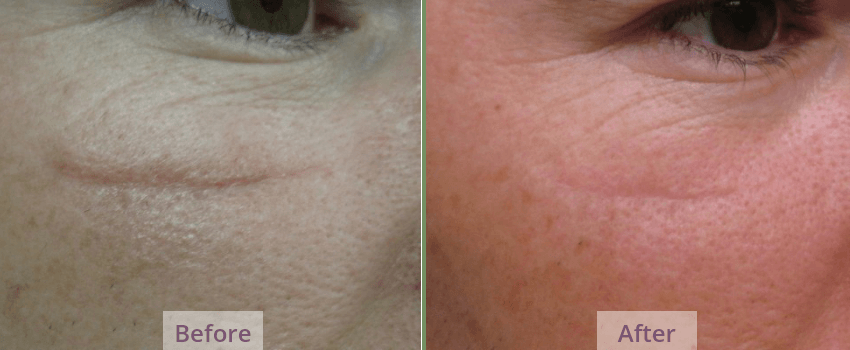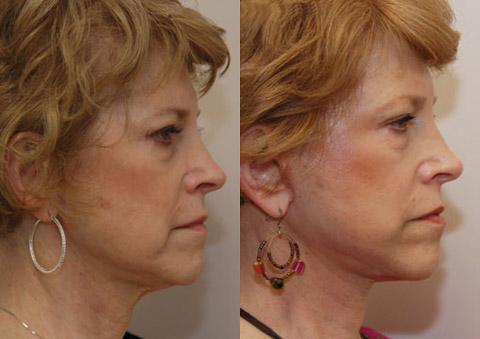
A fat operation may be something you are considering to get rid of excess fat. These are some things you should know about your procedure. We'll cover what to expect during the procedure, side effects, and how to prepare. If you are looking to reduce your waistline, a fat operation might be the right choice. These procedures can be very effective but they can cause discomfort. You can have a doctor help you decide if you are a candidate for a fat surgery.
Procedures
There are many cosmetic procedures that can be used to remove excess adipose tissues. The procedures range from invasive techniques like liposuction to less invasive procedures such as laser therapy, radiofrequency, ultrasound, or cold. Some of these procedures can combine different methods, including liposuction with injectables. Learn about fat removal procedures and how they can improve your appearance. These are the various fat removal methods:

Side effects
Liposuction is a popular option for body contouring. But there are some risks. Although liposuction can reduce fat in specific locations, there are many side-effects. Some are mild and will heal over time. Others can be more serious and require longer recovery times. Although there are many benefits to this procedure, you should not be afraid of the side effects.
Anesthesia
Infiltrating the affected area with a tumescent solution is the best way to remove fatty tissue. The anesthetic decreases blood loss during the procedure, and shrinks blood vessels. This reduces swelling and bruising, as well as the pain after the procedure. You can have liposuction under general or local anesthesia. A local anesthetic is applied during the procedure. It stays in place for 24 hour.
Preparation
You should be aware of the preparations needed before you undergo a fat surgery. This is a straightforward procedure that uses a solution with epinephrine, a local painkiller, and a small amount of anesthetic. These solutions reduce swelling and fill the fatty layers beneath the skin. These solutions can reduce the possibility of scarring, and help reduce the pain.

Recovery
It depends on how much fat is being transferred and what area is being treated. The entire procedure can take from one to four hour. This time also includes the preparation and recovery. Patients can return to their daily activities in 48 hours. Depending on the surgeon, patients may experience some swelling after the procedure, but it will subside within a few days. Patients can resume work or other normal activities.